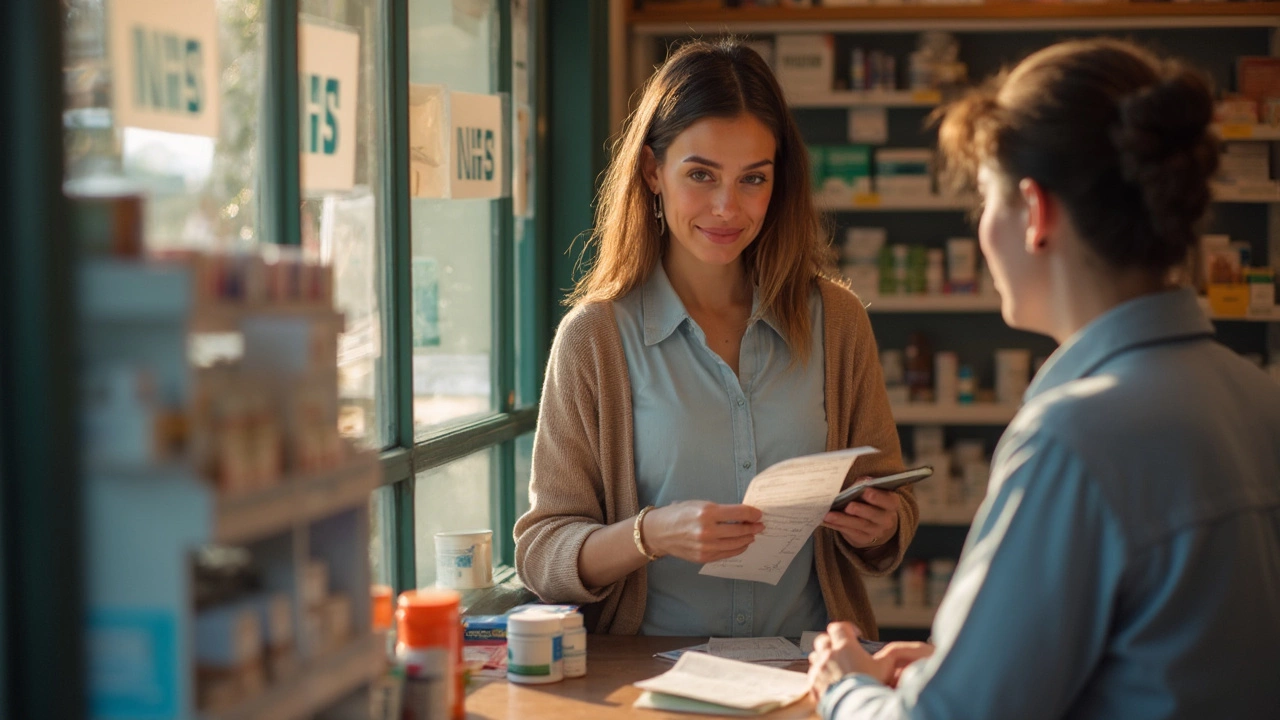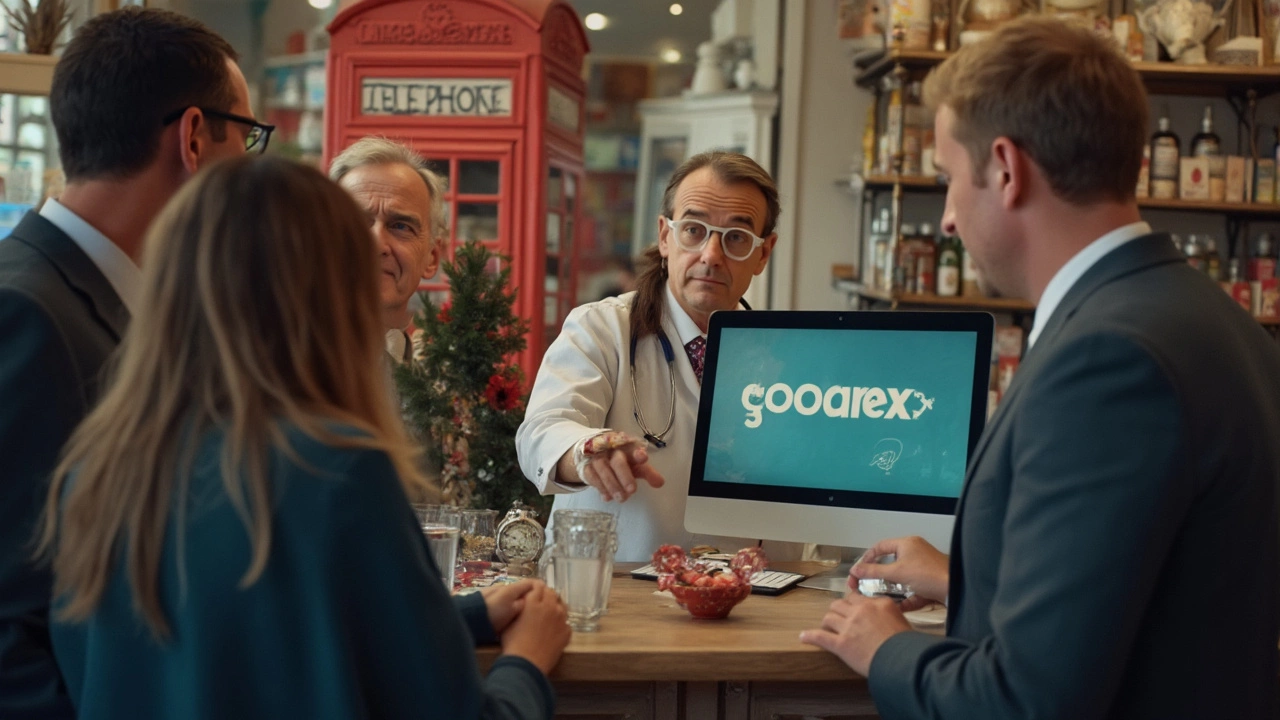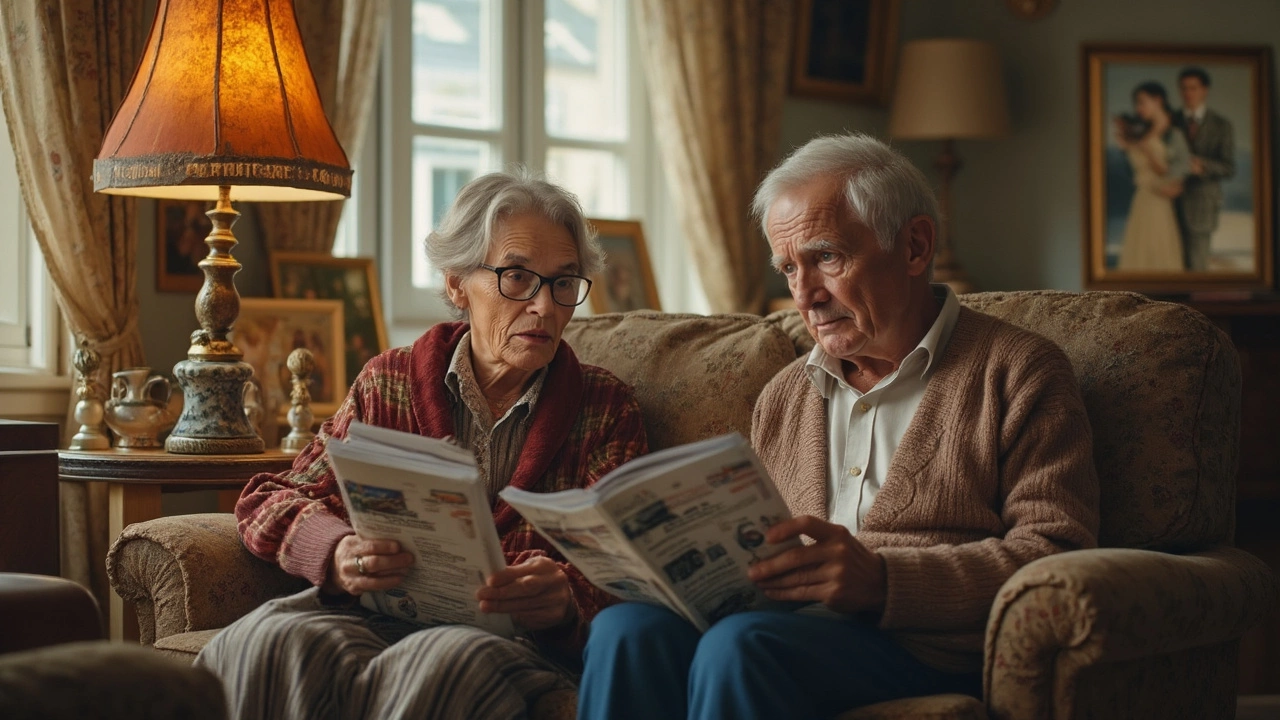Prescription Costs: What Affects Your Medication Price and How to Save
If you’ve ever stared at a pharmacy bill wondering why a simple tablet costs as much as a dinner out, you’re not alone. Prescription costs can feel random, but they’re actually a mix of a few clear factors. Understanding those factors helps you spot ways to keep your wallet from taking a hit every time you need a repeat script.
Why Do Prescriptions Cost What They Do?
First off, the drug itself matters. Brand‑name meds carry the research, development, and marketing price tag that generic versions don’t. That’s why a brand‑name flu medication can cost double a generic that does the same job. Next, the pharmacy’s margin comes into play – they add a small fee for handling the prescription and providing the service.
In the UK, the NHS sets a standard charge for most prescriptions in England – currently £9.35 per item. Scotland, Wales, and Northern Ireland have free prescriptions for residents, which changes the cost picture dramatically. Private prescriptions, on the other hand, follow the pharmacy’s own pricing, often based on wholesale cost plus a markup.
Insurance also influences what you pay. If you have a private health plan, the policy may cover part or all of the medication cost, but not every plan does. That’s why understanding your policy – like the “Private Health Insurance UK Monthly Cost” article explains – can prevent surprise bills.
Practical Ways to Cut Prescription Expenses
Now that you know where the money goes, here are simple steps to lower it. Ask your doctor for a generic alternative; most conditions have a cheaper version that works just as well. If you’re on a long‑term medication, ask if a larger repeat prescription is possible – buying a three‑month supply at once often reduces the per‑item charge.
Check if you qualify for any exemptions. In England, you get free prescriptions if you’re over 60, pregnant, or on certain low‑income benefits. Some charities also run schemes that give free or discounted meds for specific conditions.
When you shop at a pharmacy, compare prices. Large chains sometimes have lower margins than independent shops, and many offer discount cards or loyalty points that shave a few pounds off each script.
Consider using a prescription savings service. These services match your medication to a cheaper brand or bulk‑buy program, similar to how “Cheap Dental Work Abroad” finds cost‑effective options for dental care. The principle is the same – leverage volume to get a lower price.
Lastly, don’t forget to review your private health insurance if you have one. Some policies, like those discussed in “Private Health Insurance UK Monthly Cost,” cover a higher percentage of prescription fees, especially for chronic conditions. Switching to a plan with better drug coverage can save you more over a year than the extra monthly premium.
Prescription costs don’t have to be a mystery. By understanding the mix of brand vs. generic, NHS charges, pharmacy margins, and insurance coverage, you can make smarter choices and keep more cash in your pocket. Keep these tips handy the next time you pick up a script, and you’ll see the difference before you even step out of the pharmacy door.
SingleCare vs GoodRx: Which Prescription Discount Is Actually Cheaper?
Trying to pay less for prescriptions? This article compares SingleCare and GoodRx to find out which one will actually save you more money. You'll get a real look at how these cards work, what kind of prices you can expect, and where each one stands out. Find out the tricks to getting the best deal, whether you’re picking up common meds or specialty drugs. Practical tips included, so you don’t waste cash at the pharmacy.
Prescription Costs: How to Reduce Your Medication Bills
Paying for prescriptions feels like a guessing game, but there are smart ways to lower what you shell out at the pharmacy. This article breaks down why your meds cost so much and reveals tricks and programs that can help you pay less. Learn how to compare prices, use discount cards, talk to your doctor about cheaper alternatives, and take control of your medication costs. You'll pick up practical steps to make sure you're not paying more than you need to. No medical jargon—just real advice you can use right away.
Prescription Online: Can You Get One Without Seeing the Doctor?
Getting a prescription online without an in-person visit is possible, but it's not as simple as clicking a button. This article breaks down how online prescriptions work, the legal stuff you need to know, and what it actually costs. Discover tips to safely use virtual health services and avoid unexpected fees. Learn how telemedicine is changing healthcare—even for those who hate waiting rooms. Get the facts before you start searching for that quick online fix.
Best Online Prescription Service: Save Money and Stress
Wondering how to save money on medication and get prescriptions fast? This article compares top online prescription services, sharing real tips about prices, convenience, and safety. You'll learn which platforms are best for different needs and how to spot extra savings. Helpful facts make it easy to pick the right service for your budget and lifestyle. The focus is on practical advice, not just brand names.
Is Medicare Part A Free at Age 65? Everything You Need to Know
Curious if Medicare Part A is really free when you hit 65? This article breaks down who gets Part A without paying a premium, what it actually covers, and what sneaky costs might pop up. Learn how work history shapes your Medicare bill and why 'free' doesn't always mean you'll pay nothing. We’ll also tackle common surprises about prescription coverage. Know what to expect so you don’t get caught off guard.
The Drawbacks of Using GoodRx: What You Need to Know
While GoodRx offers significant discounts on prescription medications, there are certain drawbacks to consider. Users might face issues with fluctuating prices and pharmacy acceptability. Some pharmacies may not honor GoodRx coupons, leading to confusion and frustration at the checkout. Additionally, the lack of insurance integration sometimes complicates matters for those relying on insurance for part of their healthcare needs. Understanding these challenges can help users make more informed decisions about their medication purchasing methods.
Social Security and Prescription Costs: Maximizing Your Benefits
Navigating the intricate world of Social Security and prescription costs can be complex. Understanding the income limits for receiving Extra Help can make a significant difference in your finances. This article explains how much you can earn while still qualifying for additional assistance. Join us to learn tips and tricks for maximizing your benefits and reducing prescription costs through government programs.
Can a Pharmacy Refuse to Accept GoodRx?
Understand why some pharmacies might refuse GoodRx, despite its popularity for saving on prescriptions. Learn the reasons behind such refusals and how the GoodRx system works. Explore the strategies to ensure you're getting the best price for your medications. Discover tips on discussing GoodRx options with pharmacists effectively. Find out about alternative savings methods if GoodRx isn't accepted.
How to Qualify for SingleCare: Navigating Prescription Costs
In an era where prescription costs are skyrocketing, understanding how to utilize programs like SingleCare can lead to substantial savings. This article unpacks what SingleCare is, how to qualify, and how it can ease financial burdens related to medications. Discover the ins and outs of this discount program, tips for maximizing savings, and how to integrate it into your healthcare routine. Whether you're uninsured or looking to save a few bucks, this guide will prove helpful.
Is SingleCare Cheaper than Medicare? A Deep Dive into Prescription Costs
Comparing SingleCare and Medicare for prescription costs can help you make informed decisions about managing healthcare expenses. While Medicare often provides essential coverage, SingleCare offers discounts for those without insurance or with high deductibles. Understanding how these two options work can reveal potential savings. Consider features like app usage and pharmacy networks. Make sure to evaluate your unique situation when choosing the best option.
Does GoodRx Really Work for Prescription Costs?
GoodRx is often mentioned as a savior for those battling high prescription expenses, but does it really deliver on its promises? This article explores how GoodRx works, its benefits, and some potential pitfalls users might face. Dive into practical tips on how to maximize your savings and learn when GoodRx might be the right choice for you. Understand the dynamics of pharmacy pricing and how tools like GoodRx fit into the broader picture of healthcare savings.
Why Medicare Part B No Longer Covered by Social Security
Medicare Part B has long been a cornerstone of healthcare coverage for many, but recent changes have affected how it's handled by Social Security. This shift has sparked lots of questions, especially around prescription costs and overall healthcare expenses. Understanding why Social Security stopped paying for Medicare Part B can help individuals navigate their healthcare options more effectively. This article explains these changes and provides tips on managing prescription costs amid this transition.












